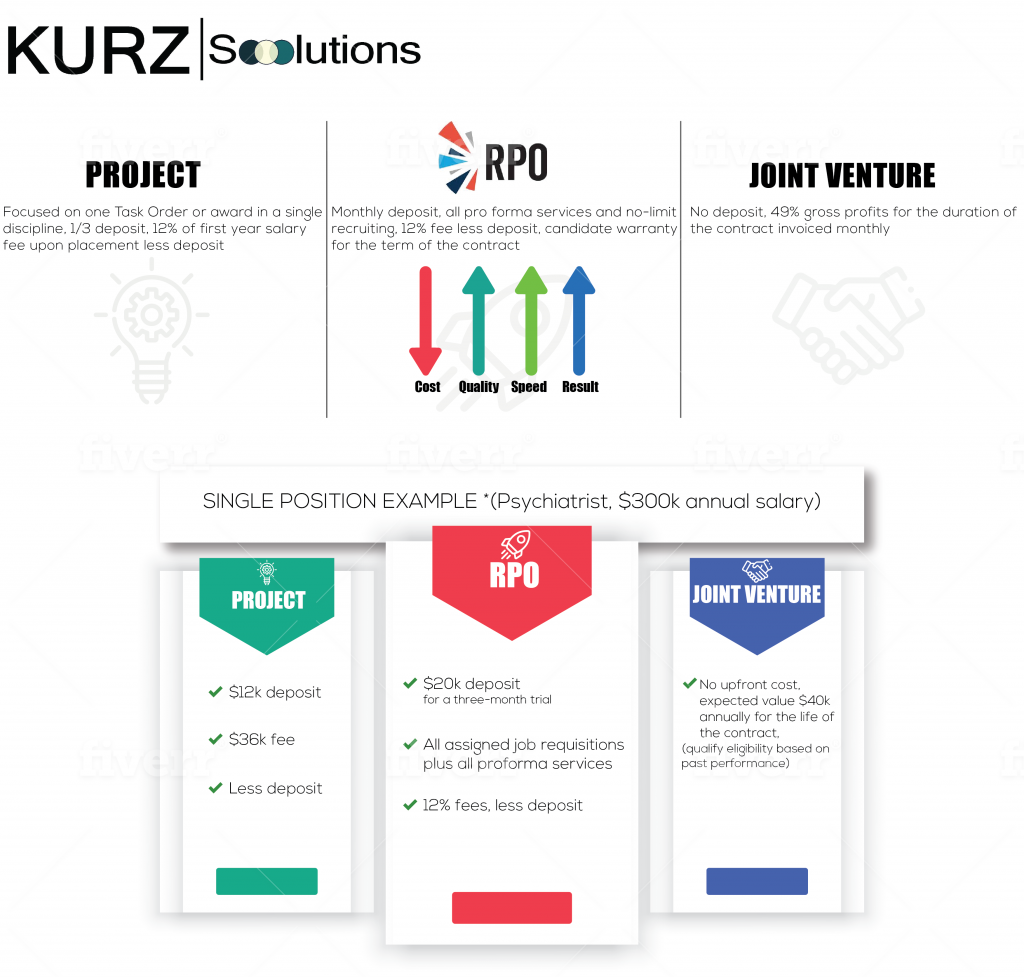One of the unique differences in our relationship with recruiting consultants at KurzSolutions over the years is that we do not view them as employees, but partners. Unfortunately our consultants have often been limited by their own perception of the relationship. Our commitment to providing the most lavish and well-integrated recruiting platform and support available anywhere is only really capitalized if a team member views themselves as a business owner rather than an employee. Here is the important question:
“Am I a sales person in a business or a business owner making sales?” This comparison helps to demonstrate the difference between these two mindsets:
Recruiter Thinking | Owner Thinking |
Pays only for what can be reimbursed | Invests money to make money |
Calls on anybody | Calls on the right people |
Reacts to interruptions | Makes sure interruptions don’t occur |
Keeps safe clients | Terminates unprofitable relationships |
Is busy and action-oriented | Is productive and results focused |
Makes lots of calls | Makes placements |
Thinks quantity is important | Knows quality is more important |
Puts profit before people | Puts people before profits |
Puts revenue before reputation | Puts reputation before revenue |
Prioritizes schedule | Schedules priorities |
Succeeds by accident | Succeeds by design |
Successful recruiters take responsibility for their own success and stability. They realize that the firm owner can only provide an opportunity and cannot guarantee their success. As a friend of mine once said of recruiting consultants: “Sooner than later, they have to make something happen on their own, just like you did and I did.” Consistent income is the result of both good planning and good execution. Or to put it another way, inconsistency in sales income and success results from failure to plan for sales success. Far too many people believe that sales success results from luck or “getting a break.”
Noted recruiting trainer Scott Love was a card counter in Vegas until he was banned from the casinos. Counting cards taught him an essential lesson, whether gambling or recruiting. He says, “I learned that if I continued to work the system I would make money.” Whether it is blackjack, poker, or recruiting – luck has little to do with it….
To quote the great English poet, John Milton, “Luck is the residue of design.”












